Tactical Ventilation – Understanding the Flow Path [Part 2 of 2]
How does it affect what we do on the Fire Ground?
In the previous article regarding understanding of Flow Path and how it works (Tactical Ventilation – Understanding the Flow Path Part 1) I talked about the need to understand what actually happens with the flow of air (good and bad) during fire growth and our arrival.
Today we will discuss how we can control the Flow Path during our fire attack so we can survive. As noted by several fire “models” and NIOSH reports, our actions on the fire ground have impacted the fire advancement in a fatal way. The fact that the fire service by our very nature must enter structures on fire puts us in a position to be injured and killed by the advancement of fire conditions based on how the fire grows.
So the first arriving makes entry via the front door, we now understand that the first and normally the largest vent point has been created by opening the door.
Let’s stop right here!
How could a different tactic make our life a little easier?
Maybe we could have the officer or other firefighter check for a large vent point opposite our entry before we get in the structure.
Maybe a door, slider or double window?
A number of things must be taken into consideration:
1. Do we know the fire location?
2. Do we know the possible location of any victims?
3. Are we ready to go with a charged, air bled proper sized line?
Each of these items must be processed before we vent and enter. Note I said vent and enter in that order. The practice of venting before entering should start to be the normal tactic, not the abstract.
How does this affect Flow Path?
It is the flow path. Now instead of the flow path being the only air movement toward us or toward most victim locations it is opposite our advancement. The key is that we can control the flow path and fire growth if we take an extra minute to think and vent before we enter.
Another important key is that if we haven’t vented opposite before we enter, the person assigned the outside vent responsibility must know the location of the fire and how it relates to the attack and search crews. It is when we vent without this information that we get our people in a world of hurt.
Most of what I have discussed should be done within your normal operational plan. Not a “we will figure it out when we get there” mentality. Most of us have a standard way we function. We react in a standard way on fires, and we have an idea of our crews locations on fires. Before we respond, while we are sitting around the station or riding through the district discuss how you can handle the vent operation on your districts structures.
What is your department or companies plan?
Who could be responsible for the tactical vent process on arrival? Hit me with your thoughts.
Stay educated, stay low and most of all let’s go home in one piece!
Article photo courtesy: John Gallagher, Firefightertoobox.com

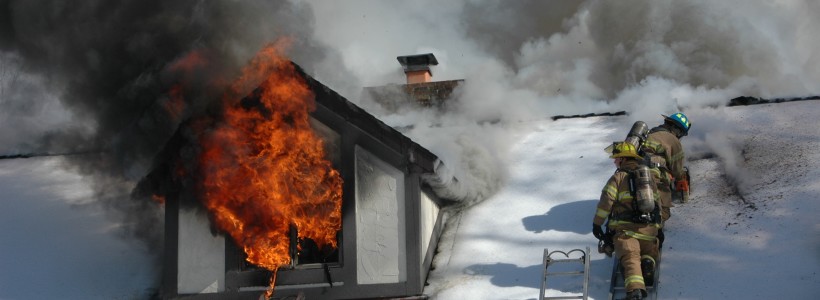
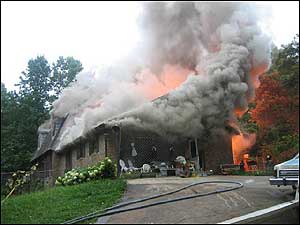
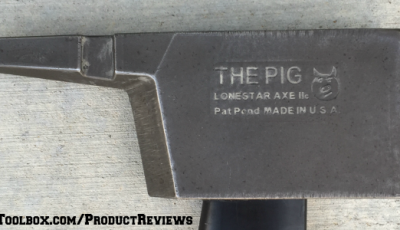
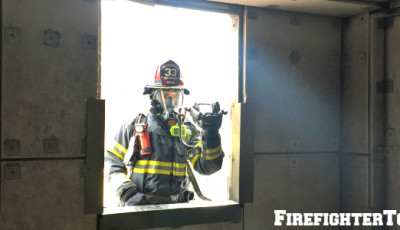
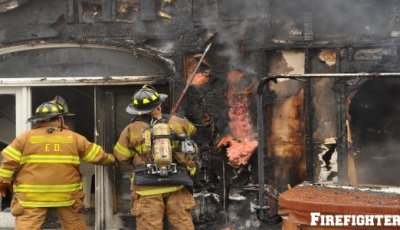

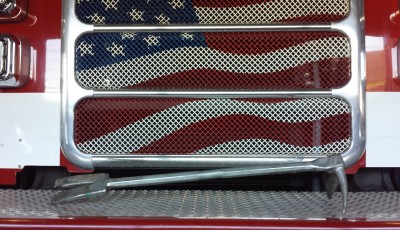
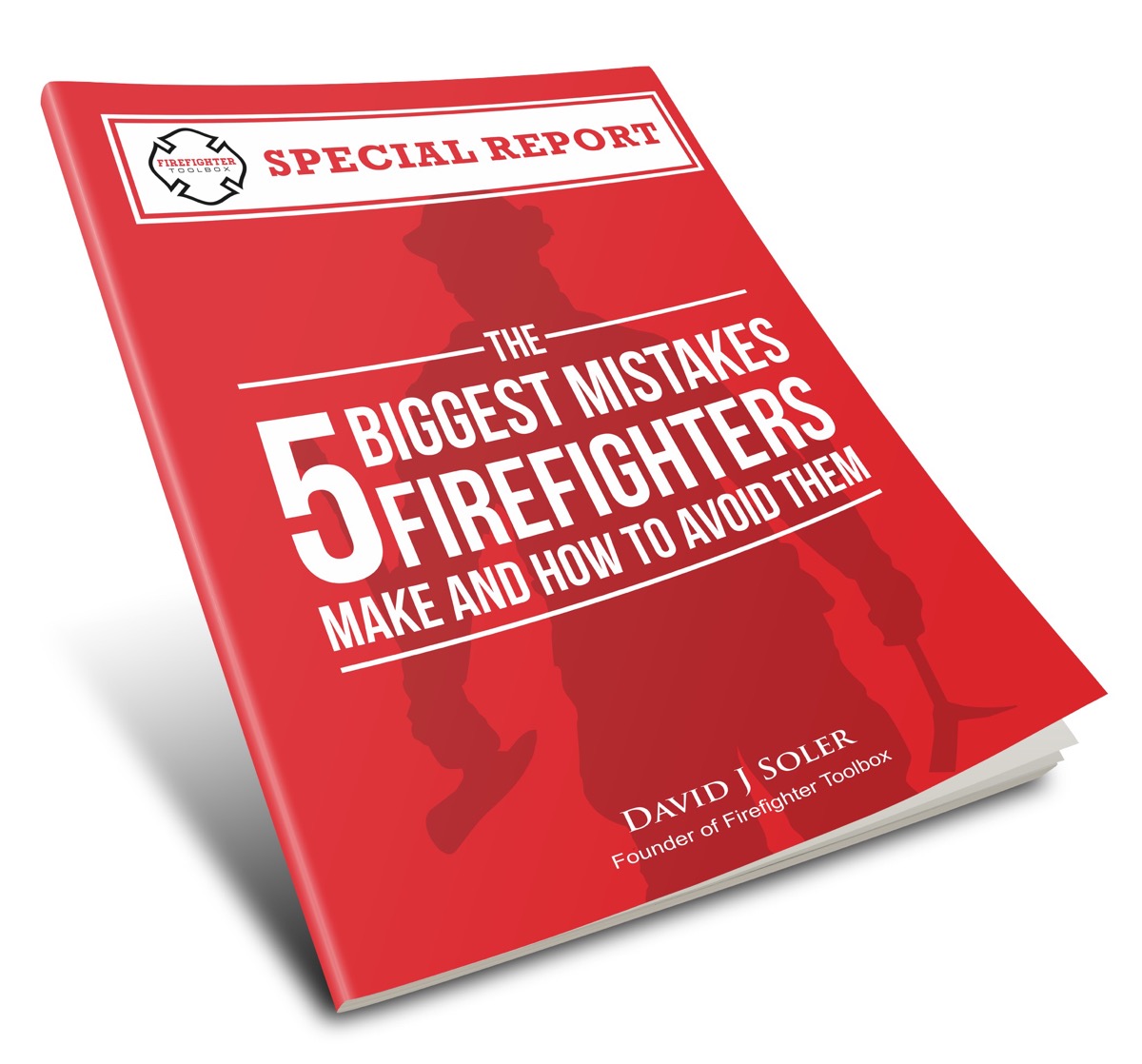
Great article, Mike. While all of the studies and reports regarding “flow path” are deserving of the attention they’ve received, they’ve also scared decision makers to the brink of not opening ANYTHING and directing their crews into a hot, dark hell with the hope that they’ll find the fire fast-and not get hurt. Understanding flow path’s is one thing…but understanding how and when to vent is another, and in my opinion too many officers/I.C.’s are elevating flow path’s as the much higher God. SOP/SOG’s updated to reflect what we’ve learned about flow paths and modern day fires should not preclude firefighters and officers inside from taking windows or opening doors unless they obtain a signed permission slip from an I.C. standing outside, nor should there be any reservation about opening a roof when interior crews have a line on the fire and they call for it! Nobody can argue the data that’s come from flow path studies, but flow paths aren’t “new”. It’s basic fire behavior and ventilation and we need to stay grounded in that respect.
Scott,
Absolutely the reason I wrote the article. The apparent take away by many on the NIST research and recommendation is to not vent. I have followed their research and recommended practice and did not take away any reference to not ventilate a structure that has a free burning or ventilation limited fire. I asked the folks that did the study if their intent was to promote no ventilation and was told that at no time did/do they encourage that course of action. I am at a loss to understand the mentality of FF/Fire Officers that think in any way the ventilation limited fire requires a course of action that inhibits early ventilation. I have seen your departments leadership attempt to pervert the Truck Co. from doing the job by requiring “permission” to ventilate. I encourage those that have the courage to buck this dangerous trend. Those making the call to take this approach are establishing a receipt for disaster. Education and tactical ventilation practices saves lives, failure to ventilate properly and timely cost lives, period! Be safe my brother and tell the guys at Truck 8 hello!